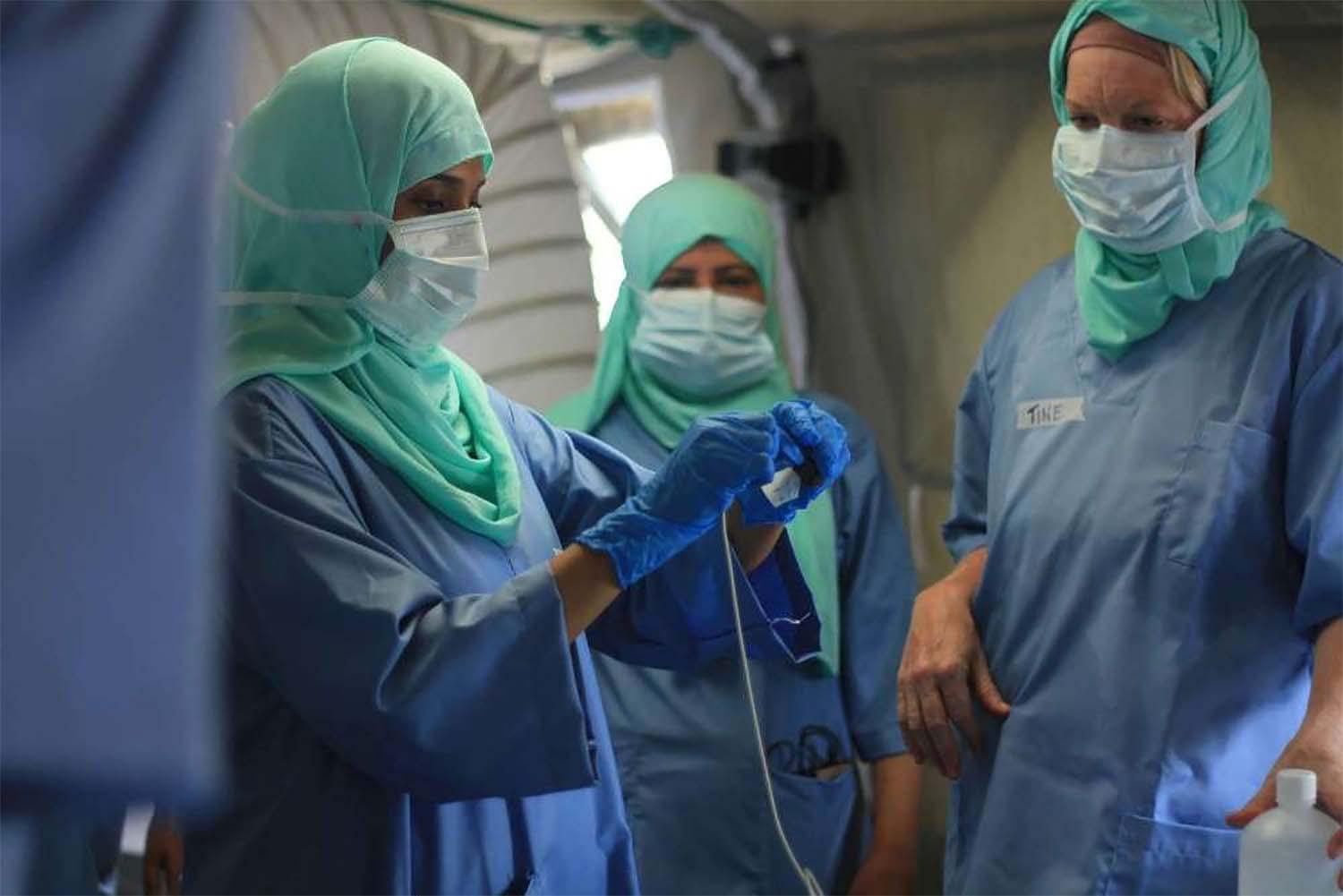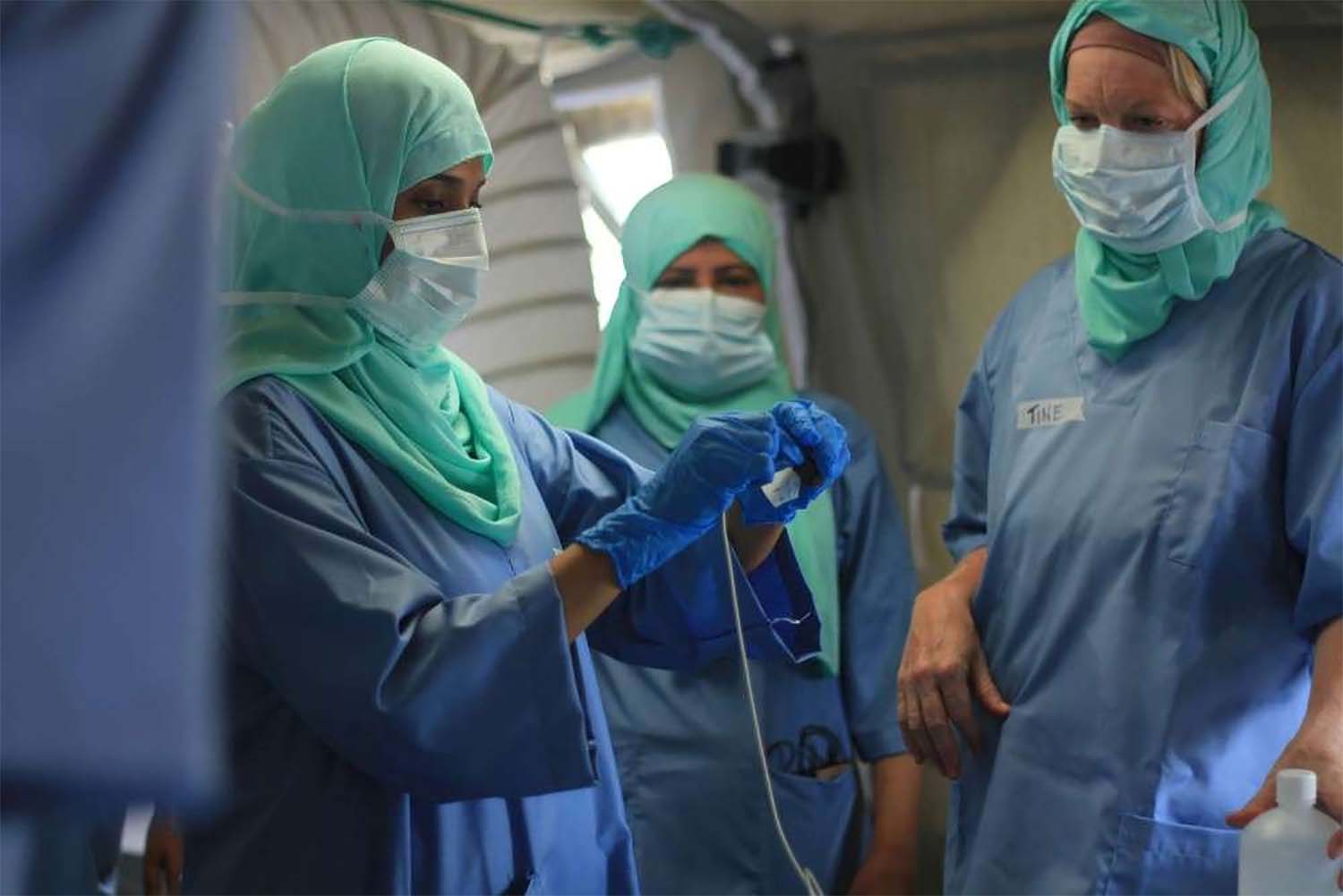Second wave of COVID-19 likely to hit Yemen
DUBAI - Hospitals should prepare for a possible second wave of coronavirus and take steps to prevent its spread, health authorities in the government-controlled part of Yemen said on Wednesday.
Testing and reporting are limited in the war-torn country, but confirmed cases have risen in the past 10 days, after having levelled off since September to just a couple of new cases a day.
Eleven new cases were reported on Tuesday and Monday each by the supreme national emergency committee for the internationally recognised government.
Yemen is divided between the government temporarily based in the south and the Houthi movement that ousted it from power in the capital, Sanaa, in the north in late 2014. A military coalition led by Saudi Arabia intervened in early 2015 to return the government to power.
Yemen's government has reported 2,187 infections, including 620 deaths. Houthi authorities, who control most large urban centres, have not provided figures since May when they said there were four cases and one death.
But these official figures vastly underestimate the spread of the virus, say the United Nations and aid agencies, which have been preparing for several months to tackle a possible second wave during winter.
The health ministry has urged preventive measures by hospitals and medical centres, from isolating suspected cases, and reporting confirmed cases, to launching epidemiological investigations, and evaluating isolation centres, labs and PCR test centres, the supreme committee said on Twitter.
Last year the United Nations warned that COVID-19 would be a 'catastrophe' for Yemen, which is teetering on the brink of famine, with poor water supplies and high rates of malnutrition and diseases such as cholera and dengue.
Yemen expects to receive a first batch of 2.3 million vaccine doses by March through the COVAX facility, as part of its application for 14 million doses, sufficient for 23% of the population.






